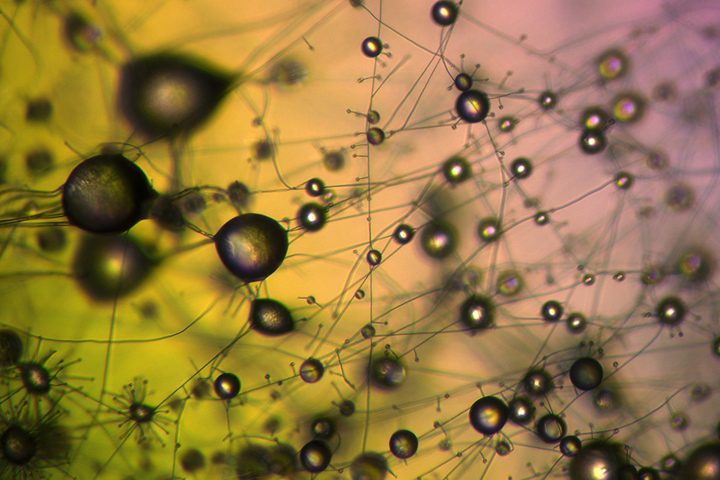Testing Techniques to Remove Stray Pancreatic Cancer Cells After Surgery

After surgery to remove pancreatic cancer, does internal washing of the abdomen increase the survival for patients? Which liquid is more effective—distilled water or saline solution?
The technique of internal rinsing of the abdominal cavity—known as peritoneal washing—is often done after surgery to remove ovarian, uterine, or other abdominal cancers. Researchers are testing the technique in pancreatic cancer patients to see if washing increases survival after surgery.
Understanding Peritoneal Washing
The space in the abdomen that holds the intestines, stomach, and liver is called the peritoneal cavity. In peritoneal washing this space is rinsed with water or saline solution. When the liquid is removed it is then checked for cancer cells, to see if the disease has spread. Peritoneal washing can be used to detect if cancer has spread, and also to remove cancer cells that are loose in the abdomen.
Comparing Washing Solutions
In this phase III trial, researchers are using peritoneal washing to see if a high-volume fluid is effective at removing loose cancer cells that remain in the abdominal cavity. They are also looking at whether saline solution or distilled water affects recurrence. To qualify for this trial patients must have pancreatic cancer that can be surgically removed.
Participants are randomly assigned to any of three groups. One group undergoes extensive washing with distilled water after surgery; the second group undergoes extensive washing with saline solution; the third group does not undergo peritoneal washing after surgery. Researchers are looking at overall survival and recurrence of the cancer.
We encourage you to consult your physicians for clinical trials that may be right for you. The website ClinicalTrials.gov provides more details about this trial as well as many others. You can visit the Let’s Win Trial Finder for a listing of all active pancreatic cancer clinical trials.
Ask the Doctor

If you are in long-term treatment or have completed treatment, you may have concerns about what is next. Here are some questions to ask your doctor.




